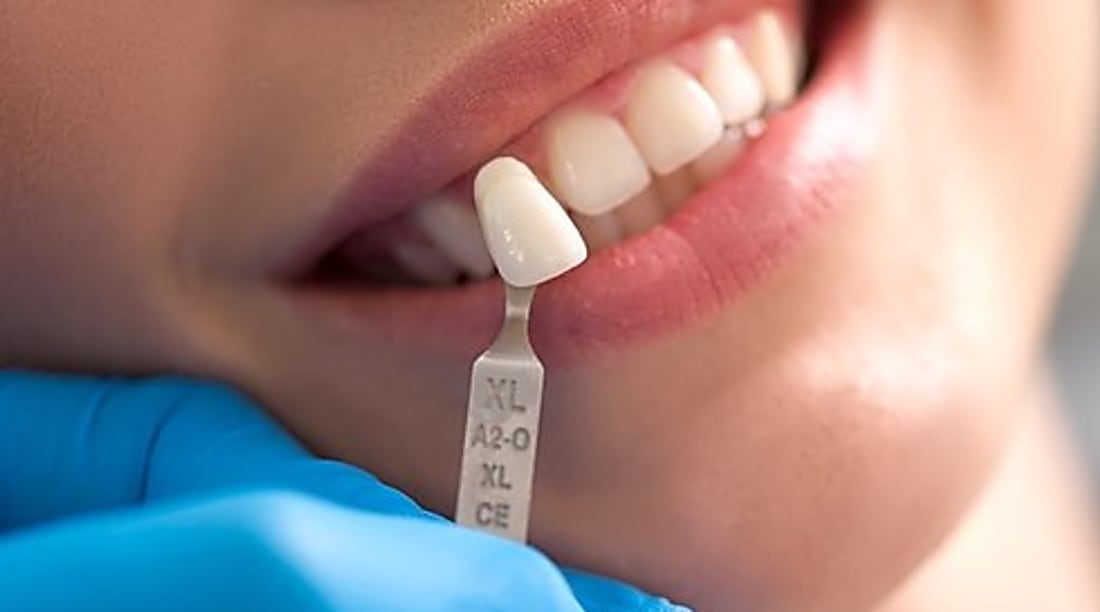Complete Dental Implants Guide to Restore Your Smile
Discover how dental implants can permanently replace missing teeth by anchoring titanium posts to the jawbone. This comprehensive guide covers who is a good candidate, the stages of implant surgery and healing (including osseointegration), benefits like bone preservation and improved chewing, possible complications, and typical cost ranges. Learn what to expect so you can make an informed decision about restoring function, appearance, and confidence with dental implants.

Who is a good candidate for dental implants?
Dental implants are generally recommended for people whose oral and overall health support successful healing and integration. Dentists typically look for several key factors when assessing candidacy:
- Healthy gums and absence of active periodontal disease
- Adequate jawbone volume and density to anchor an implant
- Medical conditions that allow normal wound healing (for example, well-controlled diabetes)
- Non-smoking status, or willingness to quit during the treatment and healing period
- Commitment to daily oral hygiene and regular dental checkups
Lacking one of these criteria does not automatically disqualify a patient. Advances in implant dentistry — such as bone grafting, sinus lifts, and other augmentation procedures — can often rebuild a stable foundation. An implant-trained dentist or oral surgeon will perform a thorough examination, which may include 3D imaging, to determine eligibility and any preparatory treatments required.
What does the implant process involve?
Implant therapy is typically staged to ensure a durable, functional outcome. The usual workflow includes:
-
Assessment and treatment planning: A clinical exam, X-rays and frequently cone-beam CT scans are used to evaluate jaw anatomy and design a personalized plan.
-
Preparatory procedures (if needed): This stage can involve extracting non-restorable teeth, treating gum disease, and performing bone grafts or sinus augmentations to create sufficient support for implants.
-
Implant placement surgery: A biocompatible titanium (or titanium-alloy) post is surgically inserted into the jaw to serve as an artificial tooth root.
-
Healing and osseointegration: Over a period of weeks to months the implant fuses with the surrounding bone in a process called osseointegration, creating a stable base for the prosthetic tooth.
-
Abutment connection: After integration, a small connector called an abutment is attached to the implant.
-
Final prosthetic restoration: A custom crown, bridge, or denture is fabricated and secured to the abutment, restoring appearance and function.
Treatment timelines vary. Some patients complete the process in a few months, while cases requiring extensive grafting or staged procedures can take closer to a year.
Benefits of choosing dental implants
Compared with removable dentures or traditional bridges, implants offer multiple advantages:
- Natural appearance and function: Implant-supported restorations are designed to look and perform like natural teeth.
- Protection of adjacent teeth: Unlike conventional bridges, implants don’t require grinding down neighboring teeth for support.
- Long-term durability: With proper care, implants can last many years and often a lifetime.
- Preservation of jawbone: Implants stimulate the underlying bone, helping prevent the bone loss that typically follows tooth loss.
- Comfort and stability: Because they’re anchored in bone, implants don’t slip or require adhesives, improving comfort for eating and speaking.
- Improved chewing efficiency and speech: Secure fixation restores biting force and clarity of speech.
- Versatility: Options range from single-tooth replacements to multiple implants or full-arch solutions such as All-on-4.
Potential risks and complications
Although dental implants have high success rates, complications can occur. Common concerns include:
- Infection at the implant site
- Injury to nearby teeth, nerves, or blood vessels
- Sinus complications when placing implants in the upper jaw
- Failure of the implant to achieve stable osseointegration
- Peri-implantitis, an inflammatory condition that can cause bone loss around the implant
Careful selection of an experienced clinician, adherence to pre- and post-operative instructions, excellent oral hygiene, and routine follow-up visits all help lower the likelihood of problems.
How much do dental implants cost?
Cost depends on many factors: the complexity of the case, geographic location, materials selected, and the number of implants required. Typical U.S. price ranges are:
- Single-tooth implant (implant, abutment, crown): $3,000 to $4,500
- All-on-4 full-arch solution: $15,000 to $30,000 per arch
- Full-mouth reconstruction with multiple implants: $20,000 to $45,000 or more
While implants usually carry a higher up-front cost than alternatives, their longevity and reduced need for repeated repairs can make them a cost-effective long-term investment. Ask your dental office about financing, payment plans, and whether your dental insurance provides any coverage.
Final thoughts
Dental implants are a reliable, long-lasting option for replacing missing teeth and restoring both function and self-confidence. The process requires careful planning and time for healing, but modern techniques expand the pool of eligible patients through bone grafting and advanced imaging. Consult a qualified implant dentist or oral surgeon to review your circumstances and receive a personalized treatment plan.
This article is for informational purposes and does not replace professional medical advice. Always consult a licensed dental professional for diagnosis and treatment recommendations tailored to your individual needs.






